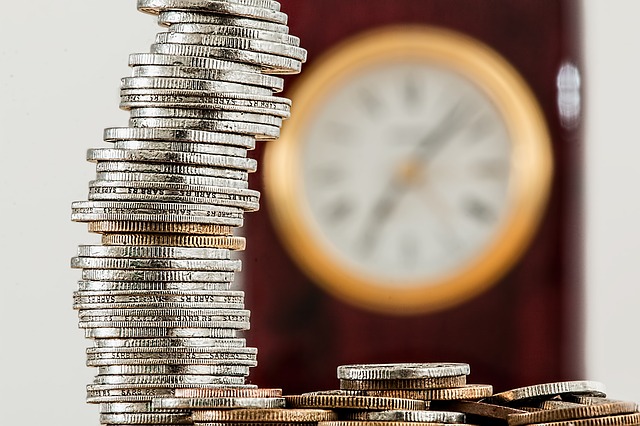Alaris Royalty Corp. (TSX:AD) announced its third-quarter earnings November 6. Included in the news was a $41 million impairment charge on its preferred-share investment in Group SM, a Montreal-based engineering and project-management company that’s run into financial problems over the last two years.
Investors never like to see the word “impairment” in an earnings release, but when it effectively reduces the likelihood of recovering any funds from your partner, in this case Group SM, it’s an especially sombre day.
Already down 11% on the year prior to announcing the impairment, the stock has since lost another 7% and is trading perilously close to its five-year low of $18.20. Alaris hasn’t traded this low since May 2012.
Time to run for the hills, right? Not so fast.
Before you write off Alaris, I thought I’d go back to 2012 to understand its valuation then compared to now and why it had the same share price as today, despite being a much smaller company both in terms of revenues and earnings.
By the end, I think I’ll have my answer.
Q3 2017 vs. Q3 2012
To get a snapshot of the two periods, I’ve put together a table with key numbers from the balance sheet, income statement, and cash flow statement.
|
Key Numbers |
Q1-Q3 2017 |
Q1-Q3 2012 |
|
Total Assets |
$751.5M |
$285.7M |
|
Total Debt |
$115.1M |
$1.9M |
|
Book Value |
$600.2M |
$279.7M |
|
Book Value / Share |
$16.35 |
$12.27 |
|
Total Revenue |
$94.5M |
$23.1M |
|
Normalized EBITDA |
$58.0M |
$18.0M |
|
Normalized EBITDA / Share |
$1.59 |
$0.79 |
Capitalization structure has changed
Back in 2012, Alaris was financed primarily from equity and just $2 million in debt. Today, its debt accounts for 15.8% of its total capitalization — a very low leverage ratio, despite an almost three-fold increase in assets.
Despite a 7% decrease in its third-quarter normalized EBITDA to $1.59 from $1.71, it’s still grown by 14.9% annually since 2012.
So, despite the bad news about Group SM, Alaris is miles ahead of where it was in 2012, and yet investors back then were willing to pay almost 18 times normalized EBITDA compared to just nine times normalized EBITDA today.
What am I missing?
Another thing to keep in mind when comparing the two years is how many partner companies Alaris had in each period. In 2012, it had 10 partners at the end of the fiscal year. As of the end of September, it had 13 partners with a number of successful exits having taking place in both 2016 and 2017.
One of those successful exits happened in Q3 2017, delivering a 29% internal rate of return for shareholders from the redemption of its units in Sequel Youth and Family Services, LLC, a company that wasn’t even a partner until July 2013, when Alaris contributed US$66 million and another US$7.5 million a year later.
In addition, Alaris made its biggest investment yet in the third quarter, contributing US$85 million to Sales Benchmark Index, LLC, a sales and marketing consultancy in the U.S. that will deliver US$11.1 million in annual distributions.
Bottom line
From every angle, Alaris is a better company than it was five years ago. If you focus on the payout ratio, I guarantee you won’t be impressed. However, if you focus on the big picture and its cash flow five years from now, just as investors would have done back in 2012, I think you’ll see a much more positive vision of the future.
That’s why now just might be the best time to buy Alaris stock. Be greedy when others are fearful.






